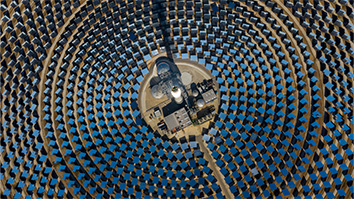Citation
Riehemann, S., & Elenius, D. (2011, May). Ontological analysis of terrain data. In Proceedings of the 2nd International Conference on Computing for Geospatial Research & Applications (pp. 1-8).
Abstract
Geographic applications require increasingly accurate data, for example to support high fidelity visual simulations. However, information about data accuracy is typically not directly available, and must instead be inferred from the manner in which the data was acquired and processed. Some inaccuracies arise as subtle side-effects of processing steps, such as transformation errors due to implicit epochs or unintentional downsampling due to pixel overlap of tiled imagery. Many such problems are known to only a small number of experts. To address this problem, we formalize the properties of each piece of data and its processing history in a geographic ontology, and use declarative Semantic Web Rule Language (SWRL) rules to calculate the errors relative to the real world or to other data. Since the impact of these errors depends on the purpose for which the data is to be used, purpose-dependent requirements are described using an additional task ontology and evaluated by our task analyzer software. The geographic ontology combines knowledge from different areas of expertise, and makes it available for the community to use, critique, and augment.


